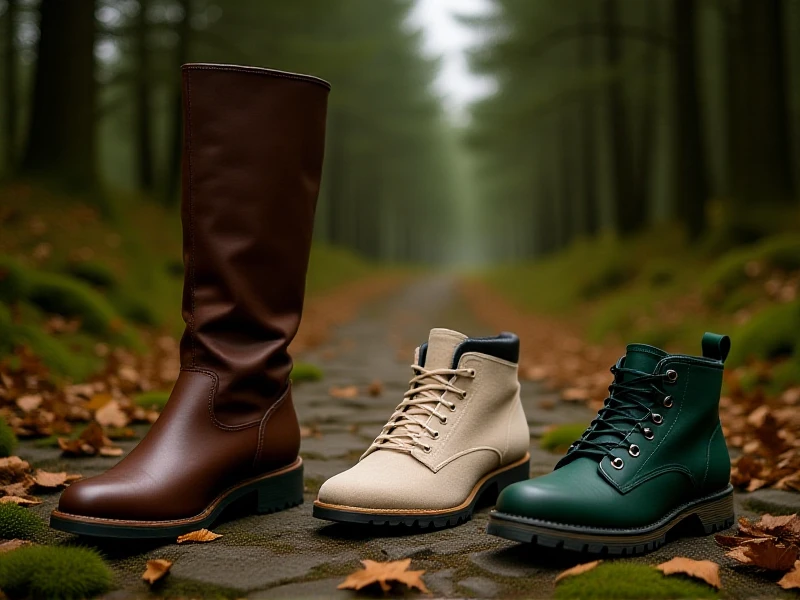
Your Ultimate Guide to Choosing the Best Hiking Shoes
Here's an SEO-optimized article for hiking shoes:
Finding the perfect pair of hiking shoes is essential for comfort, safety, and enjoyment on the trail. With countless options available, understanding key features ensures your footwear matches your adventure needs. Investing in quality hiking shoes prevents blisters, enhances stability, and provides crucial support over rugged terrain.
Prioritize Support and Protection Your hiking shoes must offer excellent ankle support and protective toe guards, especially for uneven trails. Look for mid-height designs that stabilize your ankles without the bulk of heavy boots. A protective rubber rand shields against rocks and roots. Proper cushioning absorbs impact, reducing leg fatigue.
Traction and Stability are Non-Negotiable Navigating slippery slopes or loose gravel demands aggressive outsole traction. Vibram Megagrip or similar high-performance rubber soles bite into varied surfaces. Deeper lugs excel in mud, while more closely spaced designs grip rock better. Lateral stability features (like wider platforms) improve balance on tricky descents.
Match the Shoe to Your Terrain
- Trail Runners: Ideal for smooth paths, dry conditions, and fast packing. Flexible, lightweight options minimize fatigue.
- Approach Shoes: Bridge climbing and hiking; sticky rubber excels on rock.
- Mid-Height Hikers: Offer ankle support for moderate, uneven trails with light packs.
- Waterproof Boots: Essential for rain, snow, stream crossings, and cold weather. Gore-Tex linings are popular.
Waterproofing: Breathability Matters While waterproof hiking shoes (using Gore-Tex membranes) keep feet dry externally, consider breathability to manage sweat. In warmer climates or intense hikes, non-waterproof shoes quickly expel moisture, preventing blister-inducing dampness. Assess your typical conditions seriously.
Dedicated Time for the Perfect Fit Always try hiking shoes later in the day when feet swell. Wear intended hiking socks and lace firmly. Test incline angles simulating uphill/downhill pressure points. Ensure a snug heel lock, room for toe wiggle (critical on descents!), and no pinching across the midfoot or arches.
Care Extends Lifespan Clean shoes after muddy hikes; air dry away from direct heat. Regularly reapply DWR protection to maintain water resistance. Rotating between two pairs allows materials to recover significantly.
Don't compromise on your foundation. The right hiking shoes transform your outdoor experience from painful endurance to pure explorative joy. Research diligently, prioritize fit above all, and step confidently onto your next trail adventure. Essential gear discovery begins with quality footwear.